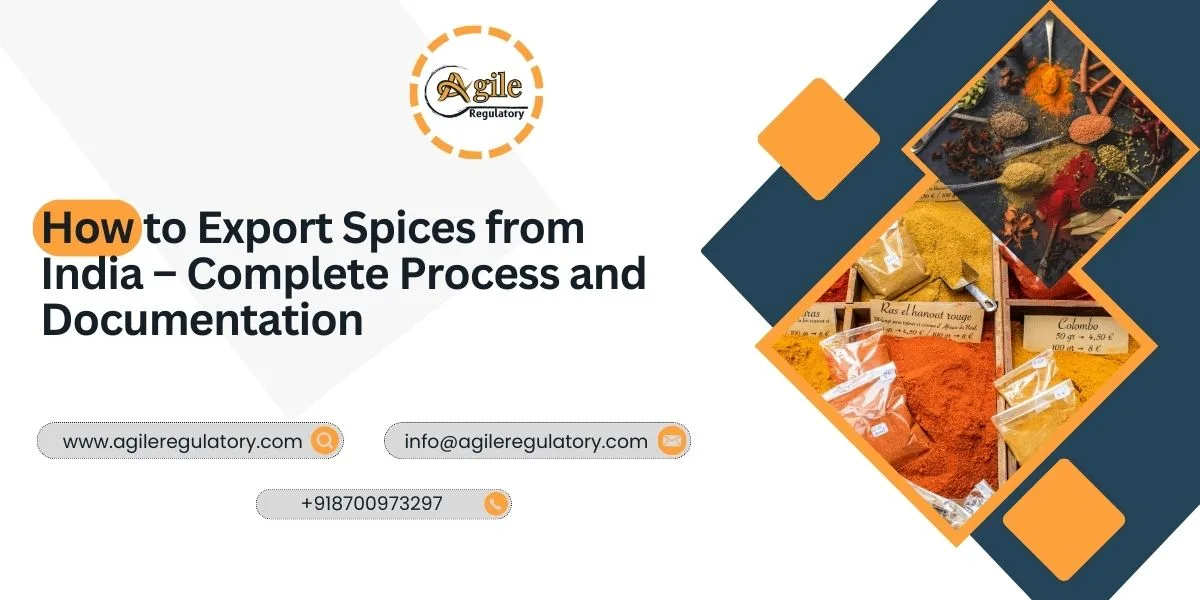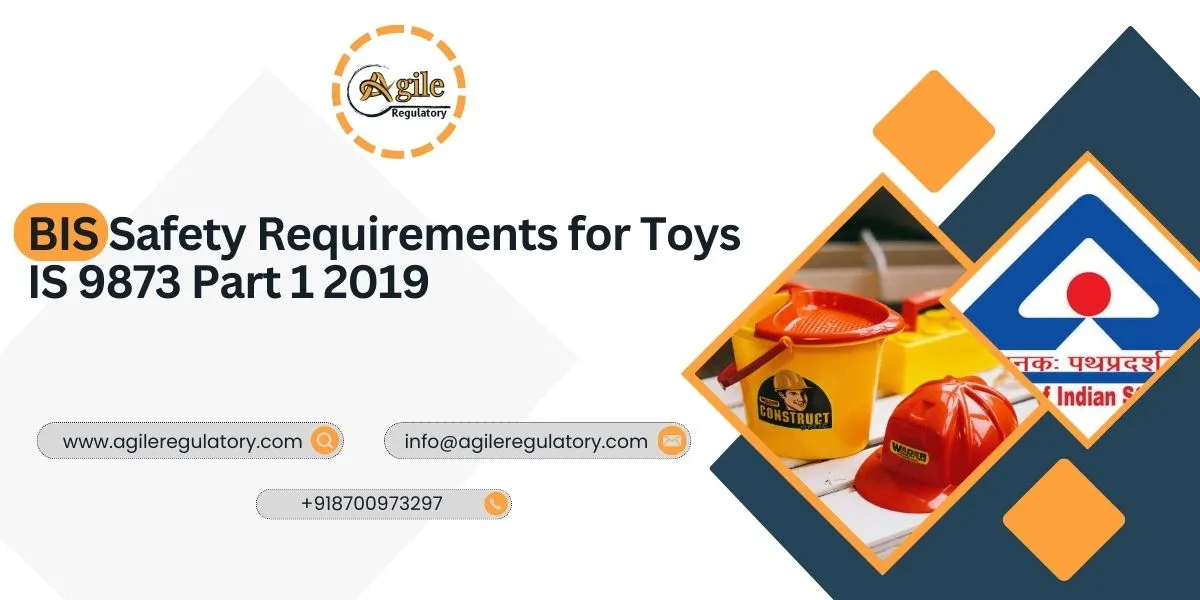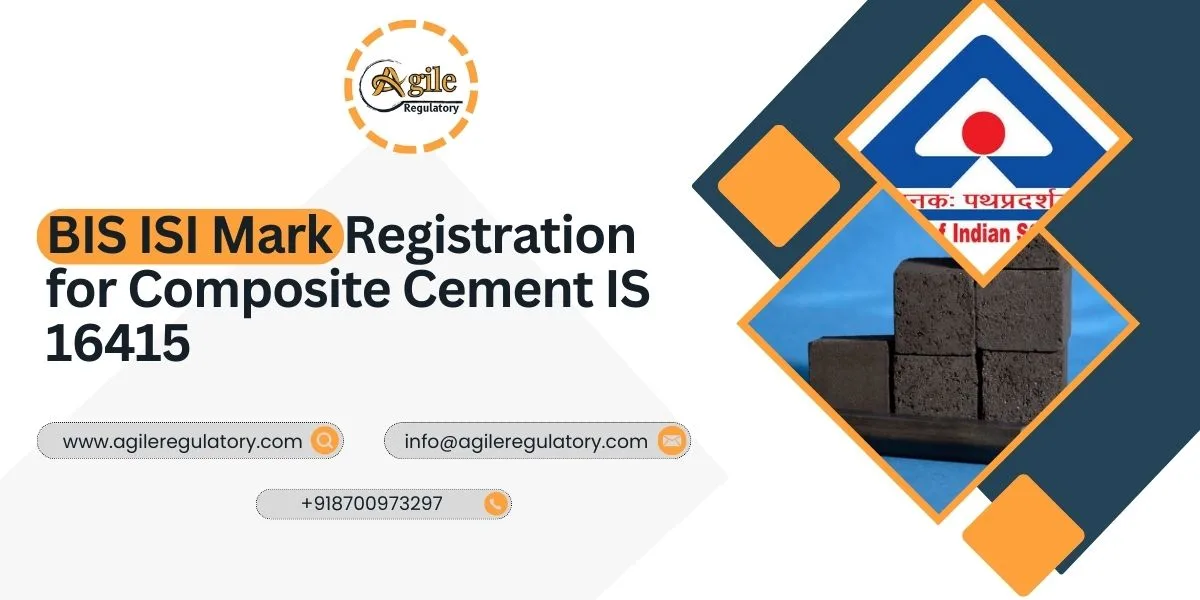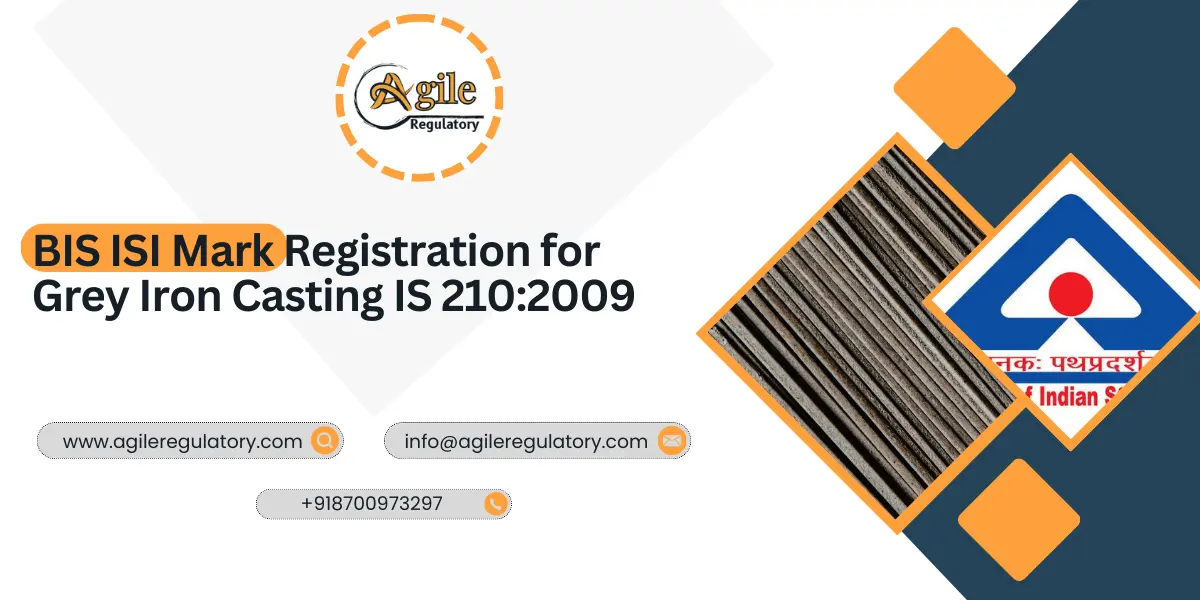
Get Instant Solution By an Expert Advisor
(4.8)


India has been the centre of the spice trade. These flavors have helped Kerala be known worldwide by its aromatic cardamom as well as the hot red chillies of Andhra Pradesh. Indian spices are used in kitchens in New York and Dubai. With this international coverage, demand remains stable hence the exportation of spices has been one of the most appealing businesses to traders.
And exporting does not only mean putting the spices into the boxes and shipping them to some foreign country. It is a permuted process whereby it entails compliance, documentation, quality approval, and perceived knowledge on market demands. This guide will cover how exactly to get spices off Indian farms onto foreign shelves.
India is known as the largest producer and exporter of spices in the world. The Spices Board of India notes that over 225 spice varieties reach more than 180 countries from here each year. This growth is powered by three factors—love for Indian cuisine, the role of spices in processed foods, and their recognized health benefits.
For exporters who can maintain consistent quality and proper packaging, this means access to loyal buyers in premium markets.
Every country has different preferences. Middle Eastern buyers often ask for cardamom and saffron while buyers in the US or Europe tend to prefer turmeric and chilli powder. Black pepper, cumin seeds, coriander seeds and fenugreek are other high-demand products
Before deciding research your target market’s trends and import data. Picking the right products is the foundation of a successful export plan
To operate legally, you’ll need to set up a registered business. Most spice exporters choose one of these structures:
Once registered get your Permanent Account Number (PAN) for taxation
RCMC Certificate for Export in India?
No IEC no export. This code is mandatory for customs clearance. You can apply online by submitting your business registration and identity documents
The Spices Board of India governs spice exports. They issue the Certificate of Registration as Exporter of Spices (CRES). It confirms your business meets the necessary export standards
International buyers expect clean, safe and compliant products. Certifications help prove this:
Also make sure spices are free from excess moisture and foreign particles
Spices can lose flavor if packaging is poor. Use moisture-proof food-grade materials. Labels should include:
Always check the destination country’s labeling laws to avoid shipment delays
How to Export Chemical Product from India
You can connect with overseas buyers through:
Aim for long-term buyer relationships. Repeat orders create stability
A reliable freight forwarder can make a big difference. They’ll guide you about air or sea freight is better explain customs rules and help prepare documents like:
To protect yourself, use safe payment methods:
Also, insure your shipments. It reduces financial loss if goods are damaged or delayed.
Different countries have different import rules. Some require fumigation certificates, others limit pesticide residues. Your shipment might be rejected if you ignore these. Stay informed to avoid costly mistakesnce r
This business is competitive. Prices fluctuate. Rules change. Quality rejections happen. The best way to stay ahead is to maintain strong quality control, keep up with market trends and work with experienced advisors
Despite challenges, the rewards are strong:
The right approach makes the spice trade be both profitable and sustainable
Spice exportation is a very thrilling business, but it has numerous processes. Losing even a single requirement can result into delays or losses, depending on the type of compliance involved such as logistics. This is why a significant part of exporters collaborates with specialists.
Agile Regulatory provides complete services- registering a business, licensing in Spice Board, documentation and compliance. You need not worry about the legal aspect when you have the right guidance in the whole process of developing your market. Contact us now!

 Nishi Chawla
Nishi Chawla
26 Nov, 2025

 Nishi Chawla
Nishi Chawla
26 Nov, 2025

 Nishi Chawla
Nishi Chawla
25 Nov, 2025

 Nishi Chawla
Nishi Chawla
25 Nov, 2025

 Nishi Chawla
Nishi Chawla
22 Nov, 2025

Get Instant Solution By an Expert Advisor
(4.8)
We simplify compliance through a proven 4-step process: Consultation, Documentation, Submission, and certification. From understanding requirements to getting final approvals, we deliver a smooth, timely, and fully compliant journey for your business.
What our customer says about us
Fantastic support from the team. Their expertise transformed our approach, driving remarkable outcomes. A must-have partner for businesses seeking effective consulting solutions. Highly recommended.

KTPL Instruments
Agile Regualtory delivers exceptional solutions. Their insightful guidance streamlined our processes and boosted profitability. Highly recommended for businesses seeking expert consulting services to thrive.

Justrack IOT
Impressed by Agile Regulatory's expertise. Their strategic insights and practical solutions have elevated our business operations. A reliable partner for effective consulting services. Highly recommended for growth-focused businesses.

Coaire Compressor
Extraordinary consulting services. Their insightful solutions and dedicated team reshaped our business, driving remarkable improvements. Highly recommend it for transformative results.

Easy Polymer
Incredible experience with Agile Regulatory. Their innovative strategies and expert advice revitalized our business model, resulting in impressive growth. Highly recommend their exceptional consulting services.

Tarus International
Top-tier consulting! offered strategic solutions that revolutionized our approach. Their deep expertise and personalized guidance made a significant impact on our success. Highly recommend their services.

Anchor Weighing
Agile Regulatory exceeded expectations! Their tailored solutions, expertise, and proactive approach led to remarkable results. Highly recommend for businesses seeking impactful and strategic guidance.

AM Capacitor
Outstanding service! delivered targeted solutions with professionalism and expertise. Their insights elevated our business strategies, resulting in noticeable growth. Highly recommended for exceptional consultation.

Imaxx Pro Aquistic
Leave a Reply
Your email address will not be published. Required fields are marked *